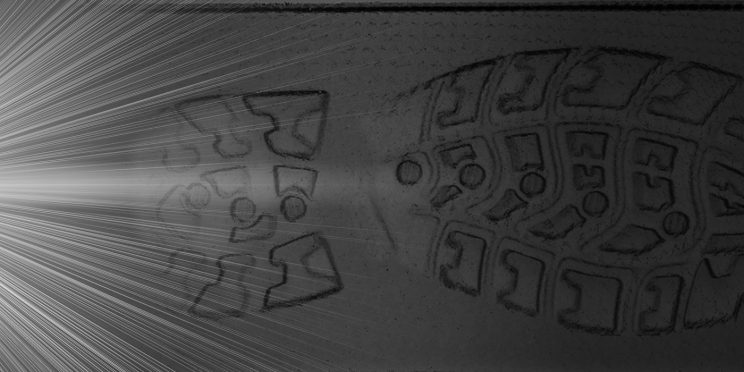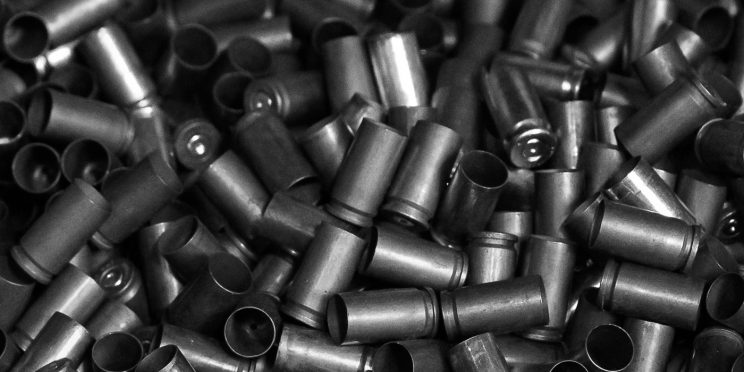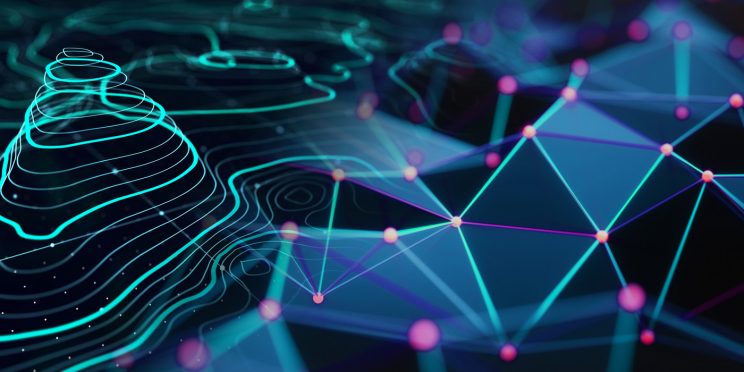Overview
Swipes, wipes and transfer impressions are the only bloodstain patterns not created by blood in flight (with the exception of flowing blood). The patterns adhere to Locard's principle which states that when two objects come in contact with each other there is an exchange of matter. When this matter is blood, one of the above three patterns will be created. The nature of the contact can be extremely important for reconstruction purposes. Directionally and sequence may be key factors that these patterns may reveal. This webinar is designed to expose the attendee to many different types of these patterns as well as recognizing the value of each of them.
A certificate of completion is available for all who register and attend this webinar.
Presenter
- Jeff Gurvis
Funding for this Forensic Technology Center of Excellence webinar has been provided by the National Institute of Justice, Office of Justice Programs, U.S. Department of Justice.
The opinions, findings, and conclusions or recommendations expressed in this webinar are those of the presenter(s) and do not necessarily reflect those of the U.S. Department of Justice.
Contact us at ForensicCOE@rti.org with any questions and subscribe to our newsletter for notifications.




